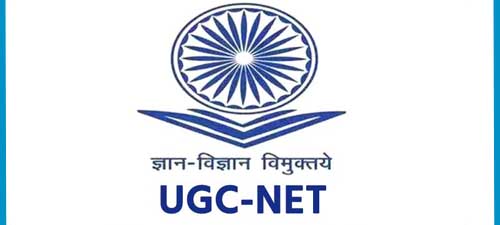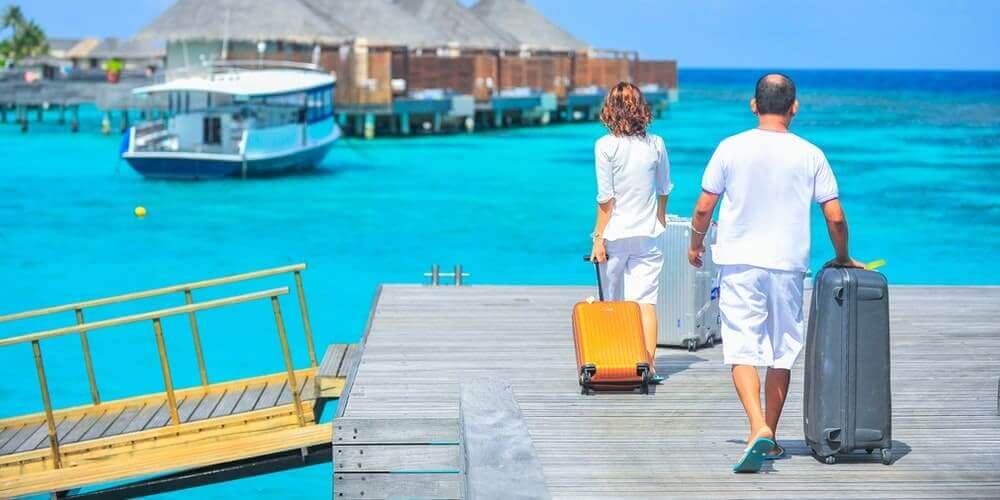Pricing policy for Special Interest Tourism: In simple terms price is the monetary value which has been assigned to a particular product for selling into the market. The company fixes price of the product in such a manner that it could give him profit and help him in achieving other long and short term benefit. The customer wants to reap the maximum value for the purchased amount. There is no hard and fast rule for pricing policy for any product but however, the price must be adjustable and acceptable to both the parties. Too much cost for the product will attract ignorance on the part of customer. Some of the prevailing pricing policy is discussed below:

- Cost plus Method: In this process of calculation, variable cost of the product is added to the fixed cost and then a mark up is added to make a final price tag.
- Going Rate Pricing: In this pricing policy firm examines the general going on trend pricing structure and fixes the price accordingly.
- Loss Leader Pricing: It is applied to the case when a firm is producing multiple products and it charges low price on some popular product in this anticipation that the customer who is purchasing a specific product will purchase other products of the same firm. In this connection this product is the firm’s loss the leader price. Hotels generally follow this pricing policy to attract business. Hotels in Goa offer one night additional in the package without any extra cost but the condition is to use the services of the restaurant for meals.
- Customary Price: The price which is as per the customer choice. Like the cost of a cup of tea in India is a customary price. Any change in cost for such products may affect the quality and quantity of the product.
- Follow the Leader Price: It has been observed in the market that there is always a leader who is dominating the whole market. It happens only when the cost of the production is low and they sale the product with high profit margin. The small firms are least daring to enter into the price war these companies and they always follow the rule of follow the leader price.
- Cycling Pricing: When the firms fix their prices by assessing general economic environment is called as cycling pricing. During recession time the firm may reduce the cost of the product and when the market is on boom, they may hike the cost of the product.
- Administered pricing: The prices which are fixed by the constitutional government bodies. They consider the cost and the profit which is least. Sometimes government gives subsidy on certain products like ration for BPL family and the cost is fixed, some life saving medicines whose cost are fixed.
- Stay out Pricing: This price is also popular in the market by the name of trial and error costing. When the firms are not sure about the price of a particular product, it starts selling the product with high cost. When the firm is not receiving the response from the market, they start reducing the cost.
- Psychological Price: When the firms fix the price of its product in a manner that it gives the impression of being low, it is called as psychological price. Examples are 99.99, instead of 100 or 79.80 in the place of 80.
- Penetration Pricing: This strategy is implemented when the firm is trying to enter into the market and the target is to achieve a large share of the market.

Cost and Benefit of SIT: Special interest tourism is an emerging form of touristic activity. The economists ensure that the promotion of SIT will have either positive impact or negative impacts in terms of the benefits. The cost benefit analysis is ratio analysis which is calculated by considering relative benefits accrue to the attraction developers and the total expenditure made in developing the sites. The entrepreneurs are making investment in the terms of hotels, transport, souvenir shops, restaurants, coffee shops, amusement centre, cultural centre, night life etc to reap the benefit from this new segment.

The government is giving leverages in terms of taxes to hoteliers and restaurant operators in this anticipation that it will generate revenue for them and will contribute into employment opportunity hence minimizing the burden over the government, the government is developing the site just not for the sake of tourism but also for social and noble cause without thinking of any profit making, the locals are seeing towards government for quality development, infrastructural development in terms of road, electricity, drinking water, beautification of the area, safety and security, ATM facility, parcel and courier centre, parking area, means of commuting, sheds, greenery, amusement park, sanitation etc.
In any new venture the important thing is the prediction of the volume sales which is to be followed by estimation of total revenue generated. The major source of revenue is hotels, restaurants, bars, souvenirs and shopping, entrance fees, parking area and many more. The total revenue must be calculated annually to estimate the period of operation .


